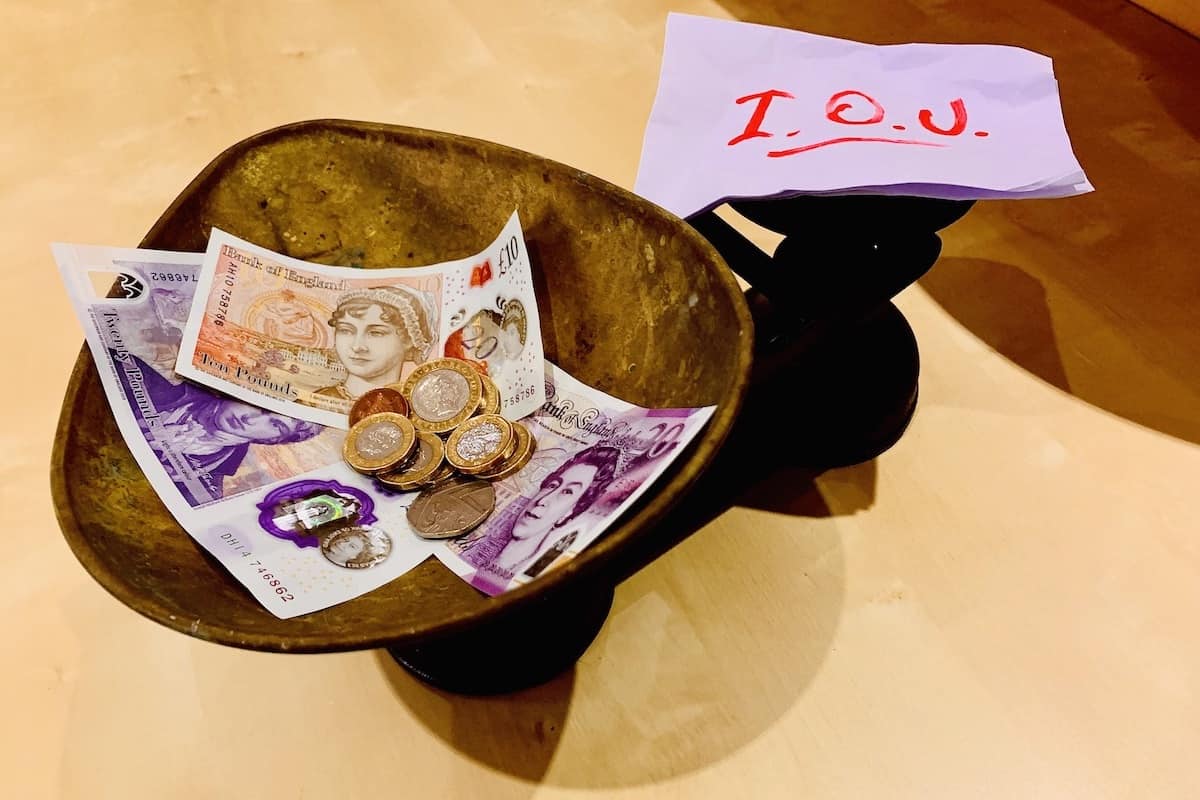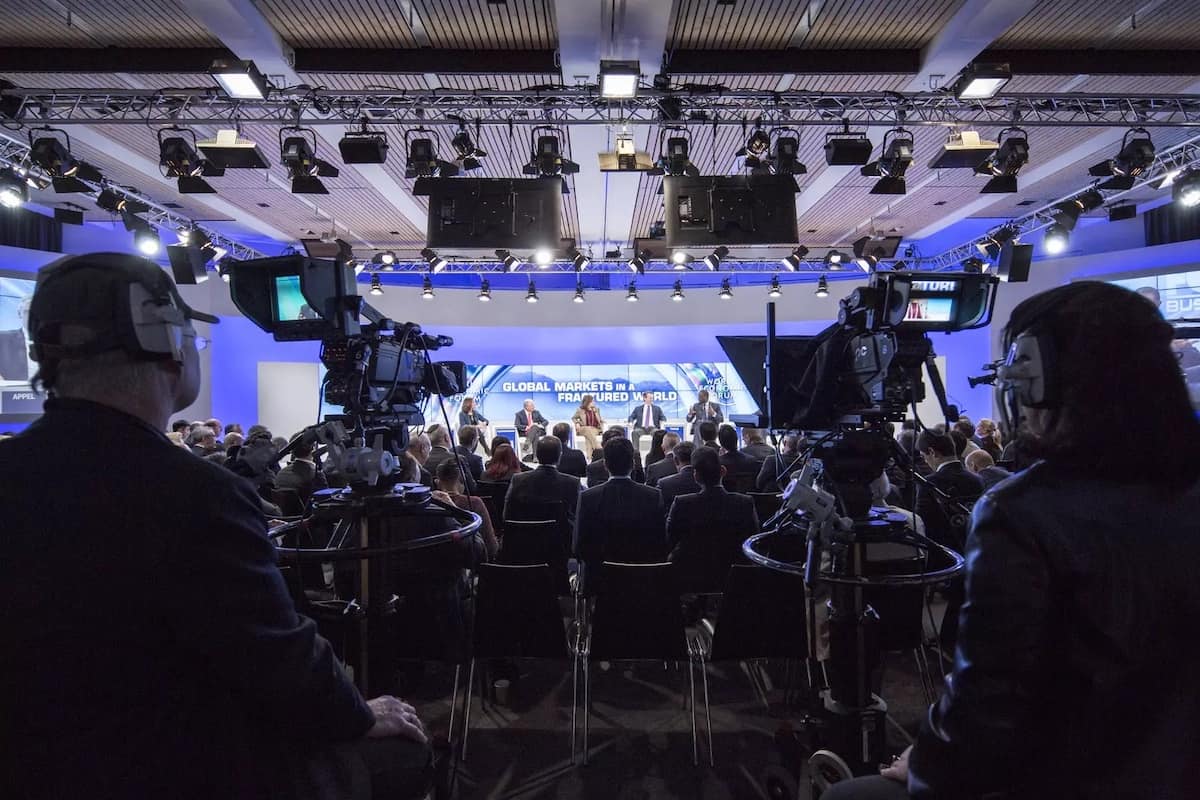
Op-Ed: To kick off our ideation around sustainability in 2024, Jim McClelland offers a New Year’s resolution for business and society that encourages us to think systemic and act strategic, by facing our fears for the future.
The month of January will see most of us make our reluctant returns from holidays and annual leave, heading back into the office, somewhat hungover (figuratively, if not literally).
For sustainability, the bad news is… the news is bad.
Economically, we are challenged. Socially, we are divided. Environmentally, we are imperilled.
So, for 2024, my watchword will be: Entropy.
But, what exactly is it? How do you define entropy?
Degrees of disorder and decline
Well, it does rather depend who you ask, as entropy means different things to different users.
In its broadest sense, entropy indicates the degree of disorder in a system. It is a measure of uncertainty, randomness, chaos, doubt and decline. It describes the probability of the unpredictable.
Entropy estimates our understanding of the unknown and the unforeseen.
In scientific applications, the laws of thermodynamics state that entropy refers to the level of unavailability of energy in a system, which can only increase over time.
In other words, entropy deals in diminishing returns.
In communications and computing, the term entropy has long been used to talk about total or average amounts of information in a message or a dataset.
Here, it allows and accounts for expectations of surprise, variables and missing values.
Entropy considers the diversity of distribution channels involved in multiple representations of an event for a range of receivers. It addresses the volatile relationship between intentions and outcomes.
Therefore, in the digital age of information theory and artificial intelligence, entropy now features in the lexicon of logarithmic formulae and machine learning. It still expresses mathematical and statistical probabilities of transmission, but they are now more often measured in megabytes and bandwidth.
So, what does any of this have to do with sustainability?
Global shocks, risk and resilience
Sustainability helps us make sense of what is happening to our Planet, and the people on it.
And, let’s be honest, those abilities are much-needed at present, not least in business.
Both the world economy and global society have suffered a catalogue of significant shocks already this decade: first there was the pandemic, disrupting supply chains, working practices and livelihoods; then came the ongoing conflicts in Ukraine and Gaza.
The death toll and wider cost to humanity have been terrible.
Most recently, the attacks on shipping in the Red Sea have added to geopolitical tensions, impacting trade and affecting commodity prices. Business as usual really is a thing of the past.
All of this comes on top of the unending litany of damage and loss arising from the climate emergency and associated extreme weather events. Threats are massive and multiple.
The challenge for sustainability, therefore, is to try to manage and mitigate all these various risks, as well as the many more that may yet emerge, or start to accelerate and worsen. It is a very big ask.
Building resilience in value chains and resources, both material and human, is a tough, life-time job.
Agility and equilibrium, rather than growth
For organisations, then, the accent today is increasingly on developing and enabling the kinds of responsiveness that translate into agility, tomorrow.
What is needed are ways and means that help us optimise, not compromise, over time.
Achieving and maintaining equilibrium can involve a lot of difficult decision-making, especially as we encounter scenarios and situations that are unprecedented in our limited personal and work experience.
Our expectations are necessarily evolving: Growth is great; but, consolidation is good, too.
In all of this, entropy might appear to be the enemy of sustainability, but I would argue the opposite.
However you choose to define the word and apply the term, entropy is in fact your critical friend.
You need to listen to what it tells you, and learn.
To be sustainable, we must think systemic and act strategic; but, we can only do this if we face our fears.
So, my New Year’s resolution for business and society is this:
Embrace entropy; and do so in the name of sustainability!
SUSTMEME: Get the Susty Story Straight!






